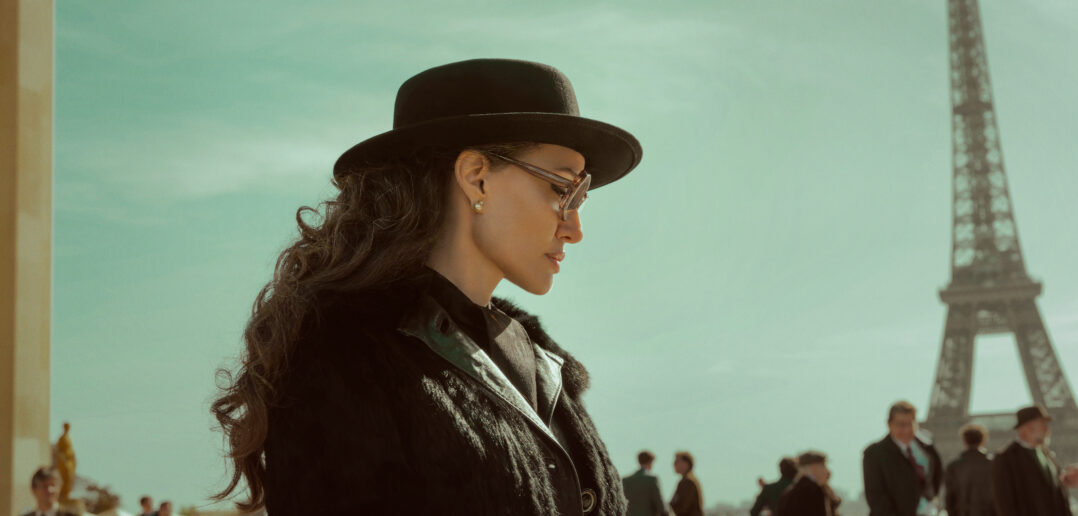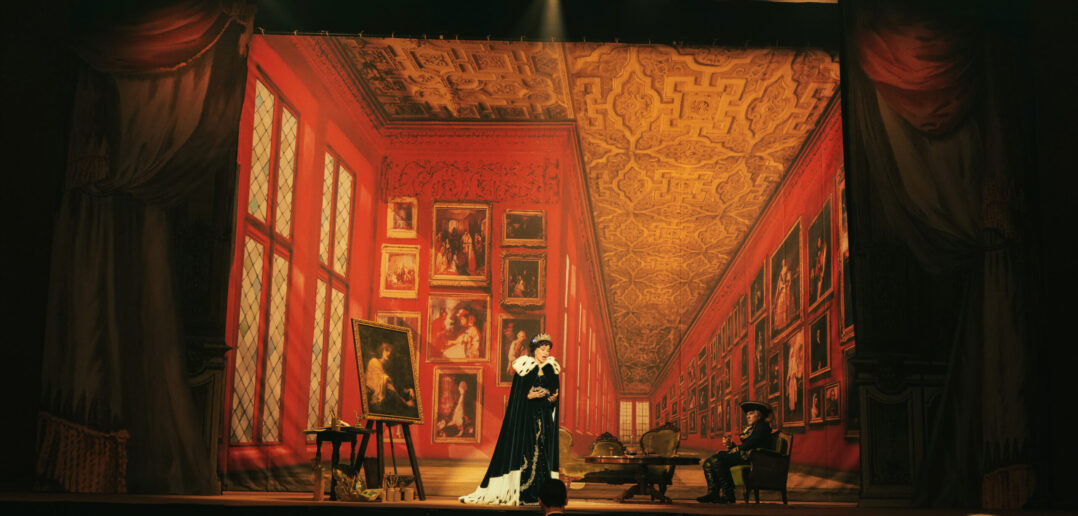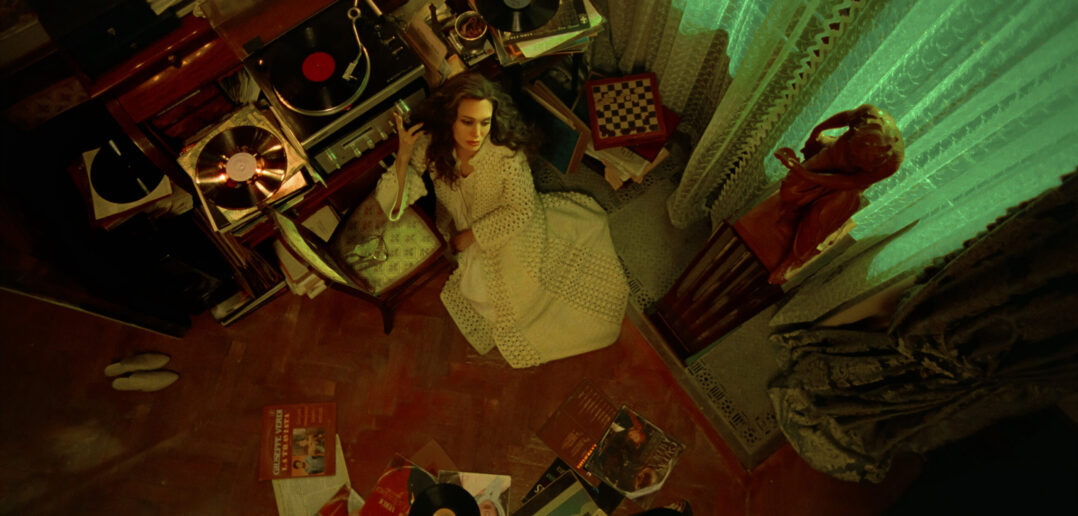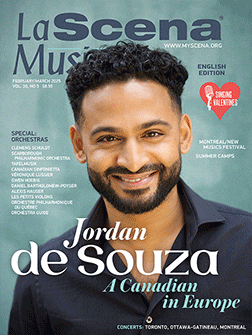This page is also available in / Cette page est également disponible en:
![]() Francais (French)
Francais (French)
For fans of the legendary opera diva Maria Callas, it feels like rumours of a major film based on her life have been swirling for years. As with any heavily-invested fan base, knives were flying before anyone had even seen it and there was a hew and cry when Angelina Jolie was announced to star. Finally the wait is over, and though not perfect, Pablo Larrain’s Maria is a compelling, visually-stunning, auteur take on Callas’s final days in Paris.

Angelina Jolie (Maria Callas) in Maria. Photo: Pablo Larraín/Netflix © 2024.
What immediately stands out is the care taken to replicate Callas’s late 1970s look: outrageous bejeweled capes, appliqued fur coats and her signature oversized glasses. The Greek-American singer was perfectly placed in an era when the media was still interested in classical music stars. As a result, we have copious numbers of photos, videos, album covers and production stills that document her iconic costumes and outfits. It is jaw-dropping to see Jolie ‘onstage’ at Milan’s La Scala opera house wearing Callas’s costume as Anne Boleyn in the Donizetti opera based on the Tudor queen.
But this is just the icing on the cake in a film that examines what artists must sacrifice to achieve perfection; the toll it can take on their mental health and personal life. Larrain focuses on Callas’s final, sad days as she haunts her over-the-top neo-Rococo apartment, reminiscing about the past and perhaps, planning a comeback. It’s no secret that from the mid-1960s she suffered a vocal breakdown and effectively stopped performing.
One of the film’s recurring segments finds Callas attending coaching sessions with Jeffrey Tate (Stephen Ashfield), the late, great opera conductor. After her first attempts to sing, he shouts “That was Maria singing…I want to hear La Callas!” Jolie undertook voice training for several months and is convincing in these scenes where Callas’s vocal decline is accurately signaled by the gaps in her registers and difficulty with high notes.

Angelina Jolie (Maria Callas) in Maria. Photo: Pablo Larraín/Netflix © 2024.
But again, Lorrain’s direction, Steven Knight’s script and Ed Lachman’s cinematography, though exquisite and expertly crafted, are just the foundation for a much more thought-provoking exploration of the life of an artist. Jolie exceeds expectations as a complicated woman who wants to distance herself from her former glory, while still unable to resist listening to the old recordings she purports to hate.
The actor eerily recreates Callas’s idiosyncratic American/Greek/pan-European accent but that is just the surface of a much deeper portrayal. We feel sad for the woman who was pimped out by her mother to German soldiers in WWII Greece, but at the same time, we are infuriated by her mistreatment of loyal servant/companions Bruna (Alba Rohrwacher) and Ferruccio (Pierfrancesco Favino). Jolie’s performance is mesmerizing and complex, and a revelation to anyone who is mainly familiar with her work in films based on fairytales and video games.
For the most part, this is not a conventional biopic. Much of the time, Callas is literally on a drug-induced trip. She was notoriously taking all manner of medications and here, one of them is turned into a fictitious character named after the sedative, Mandrax, played by Kodi Smit-McPhee. He is a young reporter sent to interview Callas who he accompanies on her wanderings throughout Paris. In one of the more humorous moments he confesses to being in love with her to which she responds something like “it happens all the time”.

Angelina Jolie (Maria Callas) in Maria. Photo: Pablo Larraín/Netflix © 2024.
And so, we see Callas in a number of fantasy sequences, like when she encounters a sea of geishas and then her own younger self as Puccini’s Madame Butterfly, all enveloped in a foggy haze on some grand Parisian square. Her heavily medicated state also induces flashbacks.
The most significant is to her fateful 1959 meeting with shipping magnate Aristotle Onassis who becomes the love of her life. He eventually throws her over for the even more famous Jacqueline Kennedy, but not before Maria suffers two miscarriages. These more literal throwbacks to her time with Onassis are one of the film’s few missteps. A little too much time is spent on their story that perhaps could have been devoted to showing why Callas was such a legendary artist.
Maria is an intriguing, idiosyncratic and visually complex reading of the tragic end of one of the 20th century’s greatest artists. Its presentational elements live up to the multi-faceted artistry of the diva at its centre.
Maria is available for streaming on MUBI in Canada and Netflix in the US
This page is also available in / Cette page est également disponible en:
![]() Francais (French)
Francais (French)
















